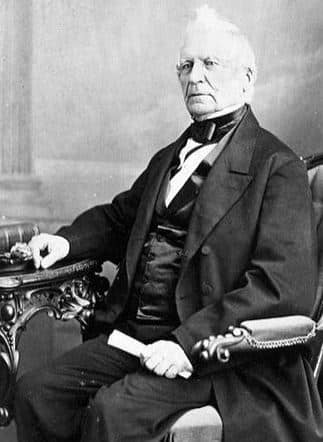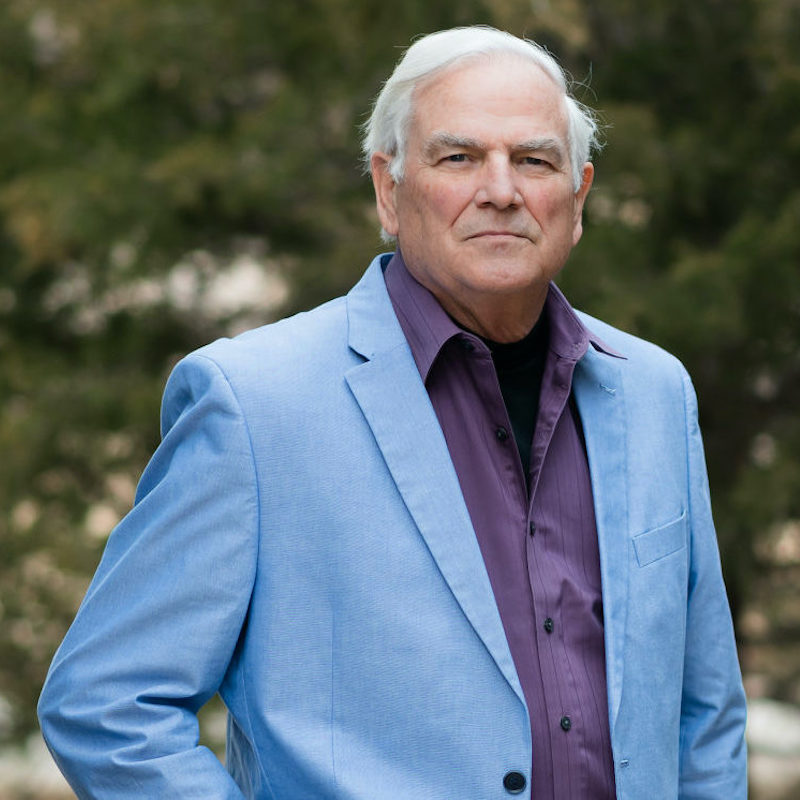At Hearing International, we have thought about discussing Thomas Edison’s deafness for quite a while, but since he was an American he did not seem to fit our scope of topics. As will be noted shortly, Edison’s family does have some international connections, which make him a international figure.
Through his many inventions, including the phonograph, the transmitter for the telephone speaker, an improved light bulb, and key elements of motion-picture apparatus, Edison has influenced life in every corner of the globe.
Our interest at Hearing International, however, is not in his inventions, but in his well-publicized hearing loss and how it affected his inventions.
The International Family Connection
Edison’s grandfather, Captain Samuel Edison, served with the British in the War of 1812. In Ontario, Edison’s father, also named Samuel, met and married Nancy Elliott, a school teacher and daughter of Ebenezer Matthews Elliott, a captain in Washington’s Revolutionary War Army. The migration of the Edison family from Canada to the United States is interesting in itself.
The younger Samuel (Edison’s father) was a British Loyalist but became involved in a Canadian political struggle for independence (an unsuccessful Canadian counterpart of the American Revolution known as the Papineau-MacKenzie Rebellion).

Louis J. Papineau. Image credit: Wikipedia
In 1837, Canadians rose up against the British government for taxation without representation (sound familiar?). It was led by Louis J. Papineau, a French-Canadian.
Edison’s father, a firm believer in the rights of people, joined the Canadian insurgents and was given a captaincy and a command. The rebellion failed and Captain Edison, as one of the rebel leaders, had a price on his head. He decided to take a risky flight to the United States over the safer choice of Bermuda. Facing innumerable dangers and hardships, Samuel walked a total of 182 miles, taking just one 3-hour break, before finally reaching the town of Milan, Ohio, where he decided to settle.
Born February 11, 1847 in Milan, Ohio, Thomas Alva Edison was the last of Samuel and Nancy Edison’s seven children. At age 7 Edison moved with his family to Port Huron, Michigan. It has been said that he was deaf throughout his life. Of course, since Alexander Graham Bell’s first audiometer and Von Bekesy’s improvement on it were not yet available, the cause and degree of Edison’s alleged deafness were not identified.
Edison’s Deafness
Edison had hearing problems from childhood on. These caused him some difficulty when he entered school in Port Huron. His teachers considered him to be a dull student. He had difficulty following the lessons and his school attendance became sporadic.
In fact, young Edison’s mind wandered so much he was noted to be terrible at mathematics, unable to focus, and had difficulty with words and speech. His teacher, Mr. Crawford, called him “addled” and said that he had something wrong with his brain and would never be able to learn.
It was true that young Thomas Alva Edison didn’t want to sit still in his one-room schoolhouse classroom and learn the way that the other students did. He would rather draw in his notebook instead of copying down assignments. He had more questions than the teacher wanted to answer. To make things worse, Little Al (short for Alva, as his parents called him) was often sick and was already losing his hearing, which made it even harder for him to pay attention in school. His teacher, made fun of him and often sent him to sit in the corner as a punishment.

Edison in his NJ lab, circa 1901
After being credited with only three months of official schooling, Edison quit and became an avid reader. Since his mother was a teacher, Edison’s further schooling may have been a very early version of home schooling, which is now common in the United States. Additionally, he reportedly lost more of his hearing, becoming technically deaf in his early teens.
The actual cause is not known. It could have resulted from an early childhood illness or, as legend has it, from having his ears “boxed” by a rail conductor when he was about 12 years old. In any case, Edison lost “almost all his hearing.” It is now believed that a major cause was a bout with Scarlet Fever during childhood, along with recurring untreated middle ear infections. These causes suggest that he had significant early hearing impairment that he lived with most of his life. By all indications, it was conductive or mixed in nature, probably worsened by age in later years.
Otolaryngologists believe that Scarlet fever produces acute otitis media more often than any other specific disease. They further report that the percentage of scarlatinal otitis that progresses to mastoiditis requiring surgical intervention is very high. It’s also quite possible that Edison had a conductive hearing loss from Otitis Media with Mastoiditis.
There are indications that Edison could have had surgery for his hearing loss, a further indication that his impairment was likely conductive, but he refused the surgery, fearing that good hearing would disrupt his thought processes and impede his thinking.
After reviewing the various material on Edison, I suspect that this brilliant individual, inventor of many of our most beneficial things, had a maximum conductive loss, 50-60 dB, likely in both ears that was exacerbated by the aging process.
About the author

Robert M. Traynor, Ed.D., is a hearing industry consultant, trainer, professor, conference speaker, practice manager and author. He has decades of experience teaching courses and training clinicians within the field of audiology with specific emphasis in hearing and tinnitus rehabilitation. He serves as Adjunct Faculty in Audiology at the University of Florida, University of Northern Colorado, University of Colorado and The University of Arkansas for Medical Sciences.
**this piece has been updated for clarity. It originally published on February 19, 2013






